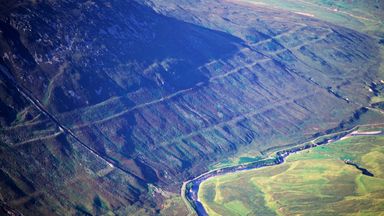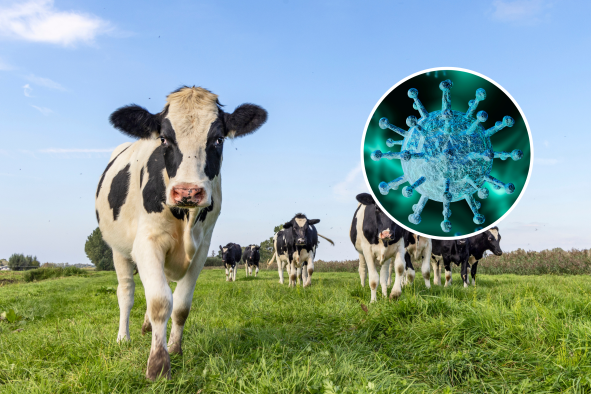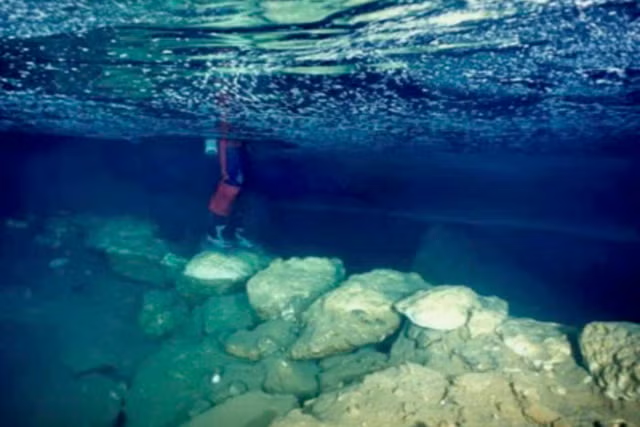It is Labor Day weekend, which, for many people across the country, means a chance to head out into nature and soak up the last of the summer sun.
However, if you are planning on cooling down with a quick plunge in a nearby body of water, you might first want to consider what you could be swimming around in.
Research from Johns Hopkins University showed that the crowds of people taking a quick dip over the weekend can introduce a surge of chemicals and microscopic organisms into the water.
The study, published in ACS ES&T Water, is the first holistic assessment of how recreation affects streams, and the results are, well, a bit gross.
"The study is not meant to say, 'Don't do water activities.' Recreation activities are important. What the study is saying is we should probably think about what these activities do," lead author Carsten Prasse told Newsweek.
"Residue from sunscreens, shampoos, and other chemicals you're using around your house can wash off into the water. And the same is true for the person next to you," Prasse said in a statement.
"People are exposed to other chemicals based on the choices of their fellow swimmers. And you're all swimming around in it like a soup."
The team collected water samples from Clear Creek, a popular tubing spot in Golden, Colorado, over Labor Day weekend in 2022. One set of samples was taken upstream of revelers; the other was taken downstream, where people exit.
The team's analysis found traces of the local anesthetic lidocaine, paracetamol and other pharmaceuticals floating in the water downstream. The scientists also picked up chemicals from household cleaning, personal care and pet-care products.
Perhaps expectedly, the downstream samples contained compounds from sunscreen and plastics.
Taking the crown for the most disgusting discovery was the presence of human gut microbes. It's uncertain whether this is from faecal matter, but it could be, Prasse said.
However, the presence of these chemicals doesn't necessarily represent a risk to swimmers.
Prasse added: "We don't know what the concentrations of these things are, so in terms of assessing any risk, we can't do that.
"I don't want to prevent people from going in the water. I personally have done tubing and other water sports, and I really enjoyed them. So, the goal is definitely not to say, Don't do it.' But, yeah, be mindful."
Luckily, water samples collected a few days after the festivities showed the creek had returned to its usual state of cleanliness.
"Changes to the water are short-lived, but that doesn't mean they aren't significant," first author Noor Hamdan said in a statement.
"Flowing water continues to transport the compounds further downstream, and that could impact plants and animals along the way."
The team is hoping to follow up on its Labor Day studies next year.
Do you have a tip on a science story that Newsweek should be covering? Do you have a question about waterways? Let us know via science@newsweek.com.
References
Hamdan, N., Villaruel, C., Newmeyer, M. N., Wallace, V., Spear, J. R., Ranville, J. F., & Prasse, C. (2024). Assessing the Impact of Recreational Activities on Streams: A Colorado Case Study. ACS ES&T Water. https://doi.org/10.1021/acsestwater.4c00327
Disclaimer: The copyright of this article belongs to the original author. Reposting this article is solely for the purpose of information dissemination and does not constitute any investment advice. If there is any infringement, please contact us immediately. We will make corrections or deletions as necessary. Thank you.



